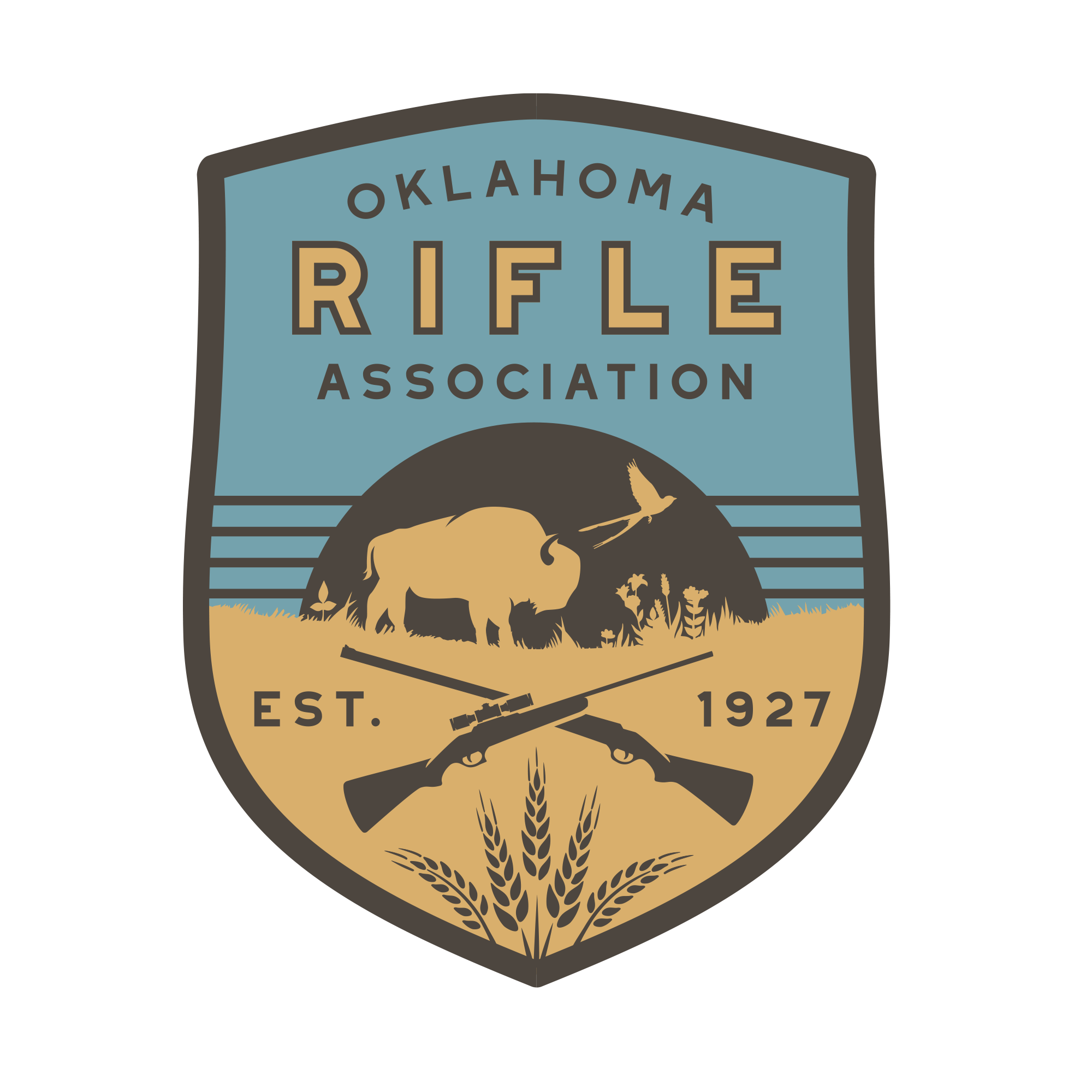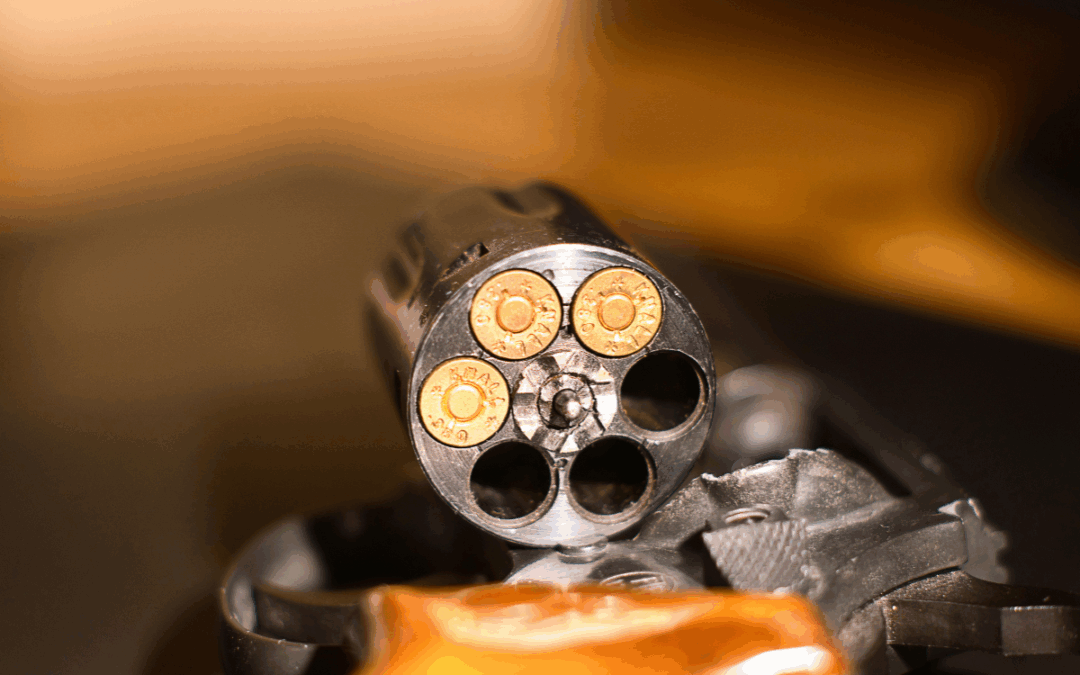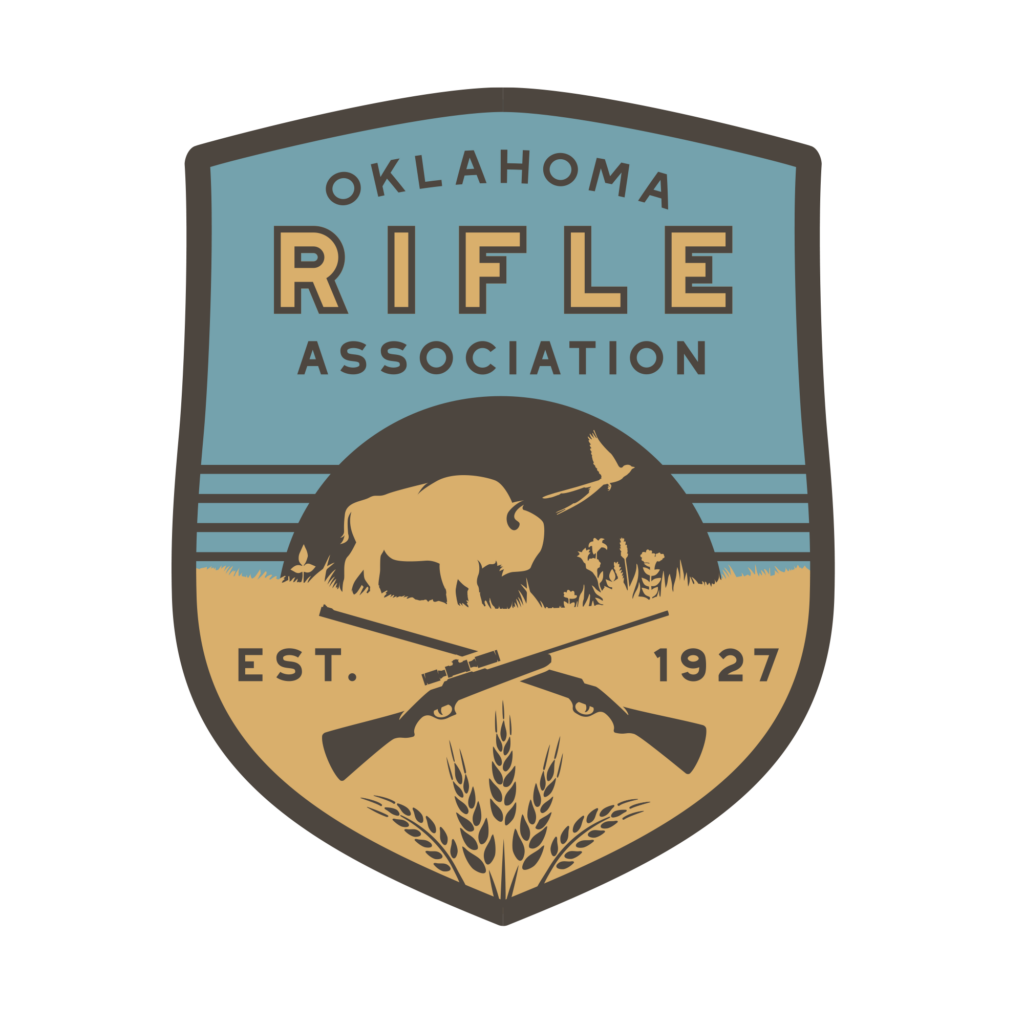BIRTH OF THE MODERN REVOLVER
Just before the turn of the 20th Century, a new type of revolver was developed, first by Colt in 1889, followed by S&W in 1896. This revolver used a solid frame, like the SAA, but the cylinder swung to the side to load and unload. Empty cases were simultaneously ejected by pushing a plunger-like ejector rod at the front of the open cylinder. S&W called their versions “Hand Ejectors” (HE) to differentiate the method of operation from their top-break automatic ejecting products.
These swing-out cylinder revolvers were also “double action” (DA), a term describing the ways in which the gun could be fired. Early revolvers were usually “single action” – the hammer had to be manually cocked before the trigger pull performed the “single action” of dropping the hammer to fire the round. On the DA revolvers, the gun could be fired in the traditional single action (SA) mode. Alternatively, the DA could be fired by a longer heavier pull on the trigger, beginning with the hammer in the down, uncocked position. In this mode, the trigger would perform the “double action” of first cocking and then dropping the hammer to fire the weapon.
This type of revolver rapidly caught on, and would become the dominant handgun design for most of the 20th century in America. In its early revolvers of this type, Colt offered revolver frame sizes from its massive New Service, through handy compact pocket sized revolvers with short 2″ “snub nose” barrels. When the New York City Police got a brash new young Commissioner just before the close of the 19th Century, he selected the little .32 Colt New Police as that department’s first standard issue handgun. He also instituted the first formal police marksmanship training under the guidance of Sgt. William Petty, who happened to be a national shooting champion. The Commissioner’s name was Theodore Roosevelt, and a few years later he carried another swing out cylinder Colt, a New Army model, when he led the First Volunteer Cavalry up San Juan Hill in 1898.
The early S&W HE’s ranged from the large N-frame, the first of which was the famous Triple-Lock which introduced the .44 Special cartridge, through the tiny .22 Ladysmith, which was far smaller than any swing-out revolver being made today.
Smith & Wesson found the workhorse of their product line in 1899 when it made its first medium sized K frame “Military & Police” (M&P) revolver, chambered for their new .38 Special cartridge. Although Colt & S&W shared the police market in the first half of the century, after WWII through the 1970’s the S&W K frame in .38 Special was probably carried by a majority of law enforcement officers in America.
The same cartridge was also popular in the smaller short barrel 5-shot J frame “Chiefs Special,” serving both the police backup gun and the civilian concealed carry market. Colt’s competing Detective Special packed six rounds in a package that was only slightly larger. The little J frame was also the platform for S&W’s “Kit Gun,” a handy .22 revolver that would easily fit in a hunter’s, camper’s, or fisherman’s “kit.”
Continuing through today, the .38 Special in a well made double action revolver such as those by S&W, Ruger, Colt, or Taurus is considered by many to be the best choice for a first-time shooter’s home defense handgun. In the small J frame size, is also the first choice of many experienced shooters for their personal concealed carry. The combination of safety, reliability, simplicity, and effectiveness in a gun that is small enough to carry easily, yet large enough to be manageable is still hard to beat.
MEANWHILE IN EUROPE …
The double action system for revolvers had caught on faster in Europe than in the U.S. It was used for early pinfires, and for military handguns such as Britain’s ugly but reliable and hell-for-stout Webley top-breaks in .455 caliber.
While the U.S. market was well satisfied with lever action repeating rifles, a different repeating mechanism gained favor with the armies of Europe.
When the switch to metallic cartridges began, many of Europe’s early single shot rifles used a “bolt action” breechloading system. In bolt action rifles, a bolt handle extending from the breechblock is lifted up, unlocking the breechblock, and pulled to the rear, sliding the block back to allow a cartridge to be loaded into the chamber in the rear of the barrel. The bolt handle is pushed forward and then down, engaging locking lugs to hold the breechblock in place while the rifle is fired. Single shot bolt action rifles adopted by militaries included the Chassepot (France 1866), Vetterli (Switzerland 1869), Berdan (Russia 1870), Beaumont (Netherlands 1871), and the Mauser (Germany 1871). Of these, the seeds of greatness lay in the last, the invention of brothers Peter & Paul Mauser.
The earliest military bolt action repeating rifles used tubular magazines under the barrel, similar to the system on most American lever actions. The Portuguese Kropatschek in 1878 was among the first of this type. Mauser’s tube mag repeater was first produced in 1884 as the German Model 1871/84.
Most of these early military cartridge rifles chambered cartridges similar to the U.S. .45-70 – a large heavy round-nosed bullet in the half-inch diameter range (10 to 12 mm), in a metallic case filled with a healthy charge of blackpowder. In 1885, smokeless powder was invented, and would lead to dramatic changes in firearms and ammunition design.
Learn more about Jim and his work at www.gunheritage.com



